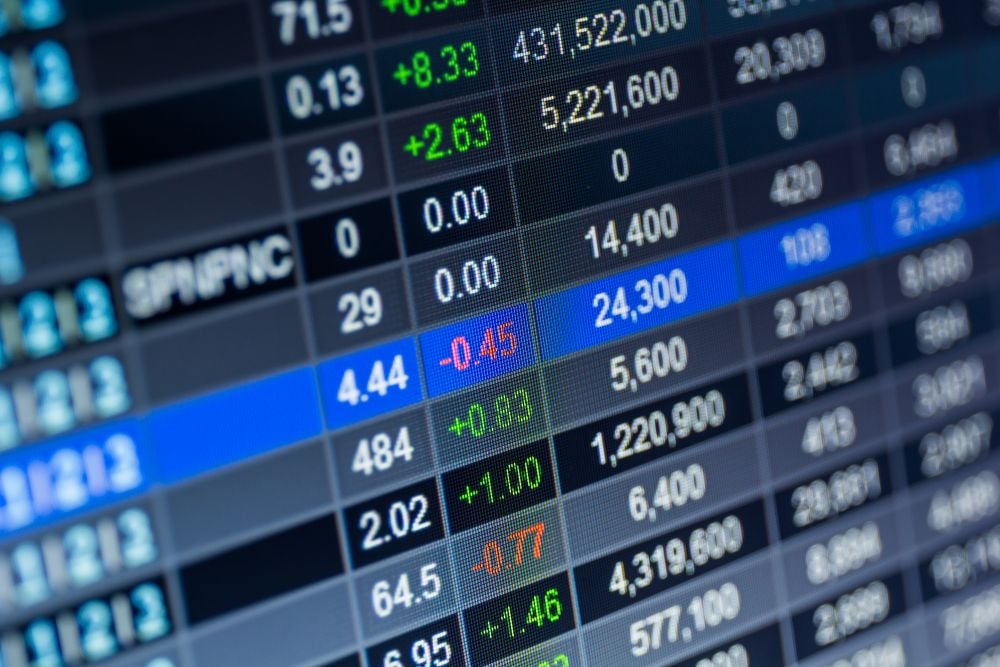Lower-for-longer interest rates mean investors are continuing to look at alternative investments in their anxious search for yield. The Asset recently featured a number of these diverse assets, such as art, fine wine and precious and industrial metals. In Asia, however, the perennial favoured alternative – and the world’s biggest asset class – remains real estate.
Unlike investing in “collectibles”, which can require high levels of expertise, property investment is relatively easy to transact and understand. So, as investors seek assets with income stability, and potential capital gains, where and what should private and institutional investors in real estate consider this year?
Most of the Asia-Pacific’s prime residential markets will remain resilient in 2021, according to Victoria Garrett Singapore-based head of residential in Asia-Pacific for global real estate firm Knight Frank. “With [APAC] economies recovering in an environment underpinned by low interest rates, we are optimistic,” Garret says. “In particular, our research has shown that these markets have continued their stable trend in the second half of 2020, with 17 of the 22 cities tracked expected to see stable to moderate price growth in the coming year.”
The Asia-Pacific region is slated for a faster economic recovery than the US or Europe, thanks to its earlier responses to the Covid-19 pandemic. Some countries in the region are also further advanced than others in the fight to contain and stay ahead of the Covid curve. Might that make their real estate assets a more attractive investment?
“Auckland’s prime residential market has been remarkably strong throughout 2020, up 16% year to date, according to our estimate,” she notes. “The demand has heightened as more buyers are looking at New Zealand’s property as a safe haven – and some, for holiday homes, due to the closure of borders. As we head into 2021 with the current supportive measures that will likely be in place, we expect prices to still grow and slowly normalize.”
“Other hot spots include China’s tier-1 capital cities – Shanghai, Beijing, Guangzhou and Shenzhen – all of which recorded positive price growth in H2 of 2020. As the China economy recovers with policy tightening measures following, housing demand is likely to return to pre-Covid-19 levels,” Garrett adds.
Prior to the global pandemic, investors from China had shown a voracious appetite for overseas property, but understandably that ardour has cooled. Who then, if anyone, is taking up the slack?
Garrett says that based on what her firm has tracked, the expats returning home due to Covid-19 are some of the most prominent investors.
“From our expat survey, 64% of those surveyed said that the lockdown had influenced their decision to buy a property in their home country; 29% said they were moving back full time; and 57% of them are seeking a secondary home for future use. Deep diving into the regions, we have witnessed strong pulls into Australia, New Zealand, UK, and Singapore in particular.”
She also points out that Chinese investors have not stopped investing. “The desire to provide an international education for their children remains as one of the key drivers to why they invest abroad. We anticipate witnessing this driver coming to the forefront again once travel resumes.”
ESG probity will be essential
On the institutional investment side, the hunt for robust long-term yield is no less frenetic. And the pandemic and environmental, social and governance (ESG) issues have brought about shifts in investment behaviour that will likely impact the global real estate market.
Benedict Lai, research manager at Savills Investment Managers in Singapore, says recent investor intention surveys have shown that investors remain positive and are keen to invest in the Asian real estate market.
Some investors may also be looking to compensate for their inactivity in 2020, supported in part by the roll-out of vaccination programmes across several markets.
Among the biggest and most active property investors in the Asia-Pacific region are global and Asian-based sovereign wealth funds (SWFs). But with commercial property recalibrating in the wake of the work from home metamorphosis, will that trend continue?
“The big question for sovereign wealth fund investors is whether the changes are structural in nature, given property is an asset-class staple at about 8% of their total portfolios on average, or whether it is an interim response to a black swan event,” Lai points out. “Undoubtedly, real estate is still a big part of SWF portfolios and will continue to be so. Covid-19 can be seen as a catalyst that has accelerated the sophistication of SWFs trying to build diversification and enhance resilience into their portfolio and, hence, looking for other asset classes and industries.”
Savills IM sees large liquid markets, such as those in Melbourne, Sydney, Seoul and Tokyo, as the markets to look out for this year as institutional investors will invest in defensive sectors like data centres. It also expects modern logistics facilities to be in demand across the Asia-Pacific region and for older logistics properties to be refurbished as e-commerce continues its robust ascent.
Although in the late stage in the cycle, mid-market multifamily residential in Japan is also seen as stable and defensive, supported by favourable urban demographics.
And despite the disruption throughout 2020, the rising importance of ESG credentials for investors will continue to grow.
Across the globe, governments are making ‘climate emergency’ declarations and commitments to meeting net-zero carbon emission targets in certain timeframes. The new Biden administration has already signed the law allowing the US to rejoin the Paris agreement on climate change.
“Almost all governments in the Asia-Pacific region have or are in the midst of legislating to improve their environment, and real estate will need to comply,” Lai states. “In October 2020, China pledged to be a net-zero carbon emitter by 2060, joining South Korea, New Zealand and Japan, which have pledged to reach net-zero [emissions] by 2050.”
Singapore has a more open-ended commitment to hit that target in the second half of this century, while South Korea has positioned itself as an Asian leader in sustainability, with the announcement of a US$135 billion ‘green new deal’.
Building regulations in Australia and Singapore, Lai says, already pay heed to sustainability concerns, and China is making more demands on developers, as is Japan. Singapore’s third Green Building Masterplan, published in 2014, uses market-based incentives for retrofits of existing buildings and for new builds. However, as climate change accelerates, more governments are predicted to use legislative sticks to meet their sustainability targets.
“Real estate is under the spotlight as the built environment accounts for 40% of carbon emissions across the world,” Lai points out. “This will present challenges, but it’s also an opportunity for real estate investors to make a significant difference.”









